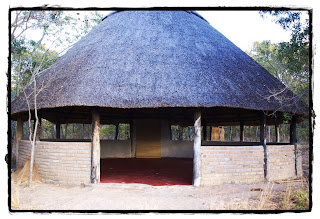
On one level this could be about the way we train. In kihon-waza (basic practice) often the training is slow, static even, methodically working out the composite steps in the technique. At the other end of the scale in applied technique everything is over in an instant with it being hard to say whether it was a shihonage or a variation of kotegaeshi or a breath-power throw (kokyunage) that lies at the root of all aikido projections.
In this seminar then we explored that movement from static technique to flowing movement; from basic technique to applied interpretation.
First, starting from shomenate (the upward strike to the face, as opposed to shomenuchi, the downward strike to the top of 
Thereafter, we added an additional element where the attacker offers a slight resistance at the meeting point preventing the hand from being led upward. In that moment, we practiced doing a kaiten (pivot) to blend in the (new) direction and consequently projecting the training partner downwards into a kokyunage.
Then, having overcome our ingrained (seemingly natural) impulse to resist the attack, we moved onto shihonage through a series of basic body movements: meet and blend with the attack, tenkan – kaiten – irimi – kaiten.
Finally we returned to our original impulse by moving into ikkyo in spite of the attacker’s change of tack and offered resistance. Stepping forward as the attacking partner pushed in the opposite direction meant that the defender got hooked or stuck at the point of contact, maybe even knocked off centre and out of posture. A mistake if you will.

So here we learn that it is possible to recover from a “mistake” if we are willing to let go of our preplanned movement, to regain our centre and take another step essentially. However, that step is just another basic step.
So between stasis (or structure) and flow we discovered there is Space:
- Through our engagement, we create the space into which either tori or uke can move through our body movements (irimi, tenkan, kaiten etc.). The resultant vortex is a place into which the technique may flow;
- There is always enough space – through the application of an appropriate body movement that emanates from the centre. Amazingly, even in ‘confronting’ a frontal attack, through the proper alignment of the body in a wedge-shaped triangle, it is possible to step into and through the attack;
- moving through that space requires sound application of basic footwork – a sure-footedness that stems from clear, unambiguous placement of one’s body in relation to another. Only where that is present are the two training partners able to navigate the ‘unknown’ contained in the space that is opened up; and
- Lastly, in that space between stuckness and flow is ‘Listening’ – not the intellectual listening and working out, but rather a sensing through the body of what must happen next, allowing the full capacity of the body’s millions of nerves and neurons to fire and analyse in that split second, unconsciously, what movement is called upon.





